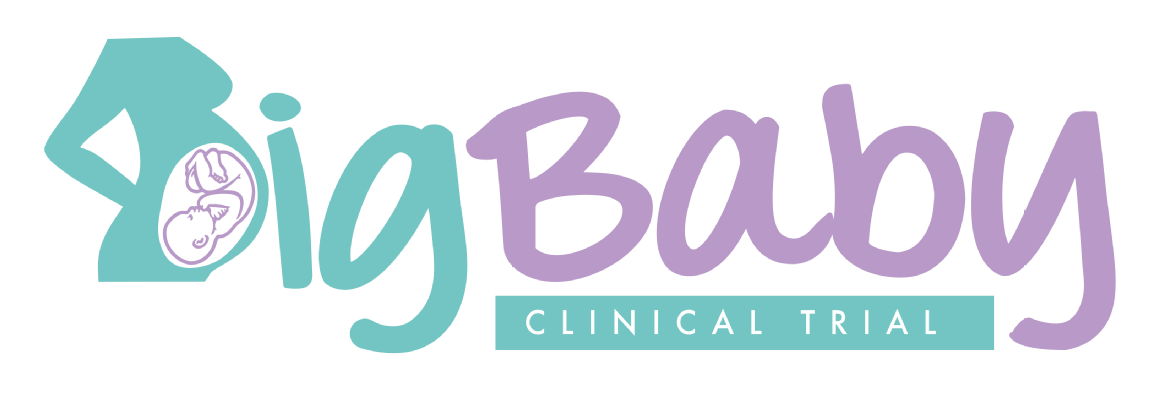About Shoulder Dystocia
What is Shoulder Dystocia?
Shoulder dystocia is when the baby’s head has been born but one of the baby's shoulders becomes stuck behind the woman’s pubic bone (one of the bones in the pelvis), delaying the birth of the baby’s body.
The video below shows how shoulder dystocia occurs:
How Common is it?
Shoulder dsytocia occurs in 1 in 150 (0.7%) of vaginal deliveries. There are a various characteristics that can increase the chance of shoulder dystocia occuring. These are based on the woman, the baby and the labour.
The Woman
- Shoulder dystocia is more likely to occur if you have had shoulder dystocia in another delivery
- Shoulder dystocia is more likely to occur if you have diabetes
- Shoulder dystocia is more likely to occur if your body mass index is over 30
The Baby
- Having a bigger baby increases the chance of shoulder dystocia occuring. We are uncertain how often shoulder dystocia actually occurs in big babies, but we estimate this could occur in up to 1 in 25 vaginal deliveries
The Labour
- Having a longer labour or having the labour 'induced' can increase the chance of shoulder dystocia occuring
- If you have a forceps or ventouse delivery this can make shoulder dystocia more likely to occur
Can it be Prevented?
This research trial will find out if shoulder dystocia can be prevented in big babies by inducing (starting labour) at 38 weeks.
What Happens if it Occurs?
If there is difficulty delivering the baby's shoulders the midwife will push an emergency bell. This is because the baby's body needs to be born quickly so they can start breathing. Other members of staff will then enter the room such as other midwives, obstetricians and paediatricians (baby doctors) to help the baby's shoulder and body deliver.
The obstetricians and midwives will then use different manoeuvres to help your baby to be born safely. These maneouvres usually include:
- Asking you to stop pushing
- Asking you to lie on your back with your knees bent up towards your chest. This allows for more room in the vagina to help the baby's shoulder to deliver (McRobert's). In most cases this usually leads to a successful birth
If there is still difficulty delivering the baby's shoulders the midwives and obstetricians may try further manoeuvres such as:
- Pressing just above the pubic bone to help release the baby's shoulder
- Making a cut (episiotomy) to allow for more room for baby to deliver
- The midwife or obstetrician may place a hand inside the vagina and attempt to move the baby so that the shoulder can deliver
- Sometimes the midwife may ask you to move onto all fours which can also help the baby's shoulders to deliver
How will this Affect you and your Baby?
The Baby
Most babies who experience shoulder dystocia will be fine with no complications. But in around 1 in 10 cases of shoulder dystocia, there is stretching of the nerves in the baby’s neck (brachial plexus injury). This can cause loss of movement in the baby’s arm, which in most cases is temporary but for 1 in 10 of those babies the loss of movement can be permanent.
In some cases the baby may have a broken collar bone or humerus (bone in the arm). These heal quickly and easily in babies.
In very rare cases the baby may suffer brain damage because the baby did not get enough oxygen at birth as there was shoulder dystocia.
The Women
Experiencing shoulder dystocia increases the chance that a woman may have a vaginal tear extending to the back passage. This could affect bowel control is the tear is not identified and repaired.
In some women who experience shoulder dystocia, they may have heavier bleeding than normal after the baby is born. The midwives and doctors will give the woman medication to control this bleeding and in some cases the woman would require a blood transfusion.
For more information please read the Royal College of Obstetricians and Gynaecologists (RCOG) patient information sheet about shoulder dystocia. You can see that information via this link https://www.rcog.org.uk/globalassets/documents/patients/patient-information-leaflets/pregnancy/pi-shoulder-dystocia.pdf



Video copyright belongs to Bode & Grenier LLP.

